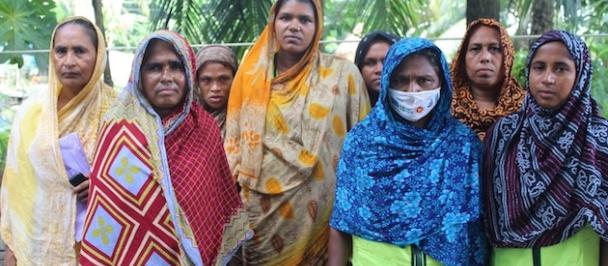Expanding the protected area System to Incorporate Important Aquatic Ecosystems
The Sundarbans represents the rich tapestry of biodiversity of Bangladesh. It supports one of the last remaining populations of the Ganges and the Irrawaddy dolphins and holds the key for their long-term survival on a global level. However, they are under increasing threat due to unsustainable fishery; increasing maritime traffic; vessel collision; unplanned economic development; poaching; land-use change; climate change etc. In order to ensure the long-term conservation of these cetaceans, it is imperative to consolidate their key habitats, while also taking into account development imperatives, livelihoods and impacts of climate change. However, there are several barriers that prevent this – primarily inadequate capacities at the level of government and communities. This project strives to address these and to augment the conservation prospects of the region through: (i) knowledge generation and dissemination that improves decision making related to the management of aquatic habitats, (ii) new and additional areas to be managed as protected areas and buffer areas identified, notified and capacities developed for improved management effectiveness of conservation, (iii) support to the implementation of Management Plans of new PAs and buffer areas, (iv) monitoring and evaluation framework and replication strategy developed for effective aquatic PA management specifically for the Sundarbans and other aquatic ecosystems in the country, (v) community based resource management plan prepared, capacities developed and financial support extended for operationalizing sustainable fishing practices and conservation of aquatic biodiversity, and (vi) strategies for alternate income generation and livelihood diversification developed and implemented leading to reduced dependence on natural resources.
What we do
Contribute to the sustainable management of important aquatic ecosystems of the Sundarbans. Targets/objectives: (i) Introduce an effective management system in the existing Protected Areas established for dolphin conservation in the Sundarbans; (ii) Expand the coverage of dolphin protected areas in and around the Sundarbans; (iii) Enhance alternative livelihood options for local fisher folk to reduce their dependency on aquatic resources; (iv) Enrich knowledge and information base of aquatic habitats in the region. (v) Provide sectoral policy recommendation for aquatic ecosystem friendly practices.

 Locations
Locations

